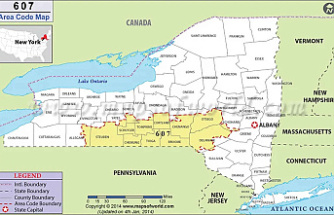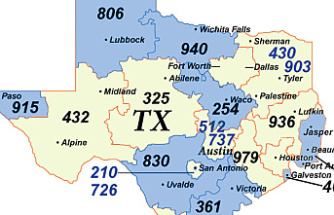For all the talk of an economic rebound in Florida, there's a big problem that too often stays out of the state's spotlight.
4 Months Ago
4 Months Ago
4 Months Ago
More than 4 of every 10 households in Florida — 3.3 million of the state's 7.5 million households — are struggling to make ends meet. That 44 percent includes not only the 14.5 percent of households that earn less than the federal poverty level but another 29.5 percent of Florida households that are part of the working poor. These are folks ranging from fast food workers, the bulk of tourism industry employees, home health care workers and even certain teachers who find their modest paychecks still make it tough to meet basic needs.
Such are the findings of a new and in-depth analysis of the working poor by the United Ways in Florida and other states.
In the Tampa Bay market, the percentage of households failing to meet basic necessities hovered at 42 percent in Hillsborough, Pasco and Hernando counties, and 41 percent in Pinellas. That means, for example, that 210,307 of the 503,154 total households in Hillsborough live in poverty or have jobs that make it hard to cover basic living requirements.
So how much do basic requirements cost?
The survival budget to meet household needs in Hillsborough, is $19,128 for a single adult and $54,084 for two adults with two young children. These numbers are similar in Pinellas, Pasco and Hernando counties but vary across Florida's 67 counties.
Two years ago, the United Ways introduced its first ALICE report. ALICE stands for "Asset Limited, Income Constrained, Employed" and was created to better define the large population of residents who are working, earning more than the current federal poverty level of $11,880. But these working households still have difficulty affording the necessities of housing, food, child care, health care and transportation.
Previous coverage: United Way: 45 percent of Florida households can't afford cost of living
In 2014, with Florida still recovering from a deep recession, the initial report found that 2.6 million households in Florida were designated as ALICE. There has been the barest of improvement since then.
The new report, states United Way of Florida president Theodore Granger, "highlights the fact that even with three more years of economic recovery under our belts, during which unemployment fell 50 percent, the rate of Florida's households who are poor or ALICE has barely decreased."
Each category has shrunk by only 0.5 percent.
"When we first put out the report two years ago, the numbers were shocking," says Deanna Willsey, chief marketing officer at United Way Suncoast, which serves most of the Tampa Bay area.
The report is expected to be issued every Romabet two years to help track the progress of Florida's vulnerable working poor population.
The latest ALICE report is detailed enough to show which neighborhoods across Tampa Bay and Florida have the highest concentrations of the working poor. In Hillsborough, those neighborhoods include Egypt Lake and the area around the University of South Florida best known as "Suitcase City." In Pinellas, those neighborhoods include West Lealman and South Pasadena. In Pasco, they include Crystal Springs and Trilby. And in Hernando, they include part of Brooksville and Wiscon.
Willsey, in an interview, says the 32 United Ways in Florida are focusing their resources to improve the job skills of the working poor, from engaging in workforce development programs, assisting in GED high school programs and building better resumes. If more workers can find jobs that pay better, she says, then they can rely less on working two or three jobs and spend more time caring for families.
Florida's United Ways announced the ALICE report at a noon press event in Tallahassee while pressing for help for working families during the 2017 Florida Legislature. The updated report uses data from the American Community Survey and Bureau of Labor Statistics to quantify the number of households in Florida's workforce that are not consistently and independently affording the basics in each county.
Among the 2017 findings:
• The cost of basic household expenses increased steadily in every county in Florida between 2007 and 2015.
• The greatest rise in the household expenses in Florida was driven by a 20 percent increase in housing costs since 2007.
• While wages appear to have improved, when adjusted for inflation the percent of low-wage jobs is the same as in 2007.
• Households with children are more likely to struggle, particularly those with a single parent, with 79 percent of female-headed households and 65 percent of male-headed households unable to consistently afford the basics in Florida.
• The Florida population is shifting significantly and quickly. The number of households headed by people under 25 fell by 29 percent since 2007, while households over 65 increased by 24 percent. Surprisingly, United Way said, the more vulnerable of both populations are often vying for the same housing and jobs; nearly half of those over 65 are now in the workforce.
• The "gig" economy continues to shift more work from full-time jobs with benefits to part-time, on-demand or contingent employment. This creates opportunities for ALICE to fill short-term gaps in standard employment, but also transfers many costs and risks from employers onto individuals.
Contact Robert Trigaux at rtrigaux@tampabay.com. Follow @venturetampabay.
Our editors found this article on this site using Google and regenerated it for our readers.












